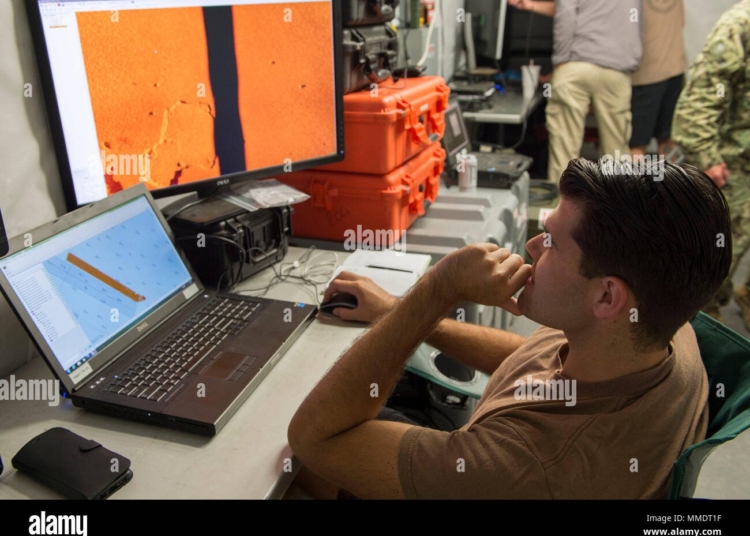This content explores the evolution of the North Atlantic Treaty Organization (NATO) and its role in 21st-century security. From its establishment as a defensive alliance to counter Soviet expansionism after World War II, NATO has adapted to global security dynamics and emerging threats. The content discusses NATO’s origins during the Cold War, its transformation following the collapse of the Soviet Union, its response to the September 11, 2001 terrorist attacks, and its expansion to address new security challenges such as cyber warfare, terrorism, and weapons proliferation. The content also highlights NATO’s continuous adaptation to meet the evolving security environment and its mission to protect member countries and promote democratic values.
The Evolution of NATO
Introduction
In the aftermath of World War II, the North Atlantic Treaty Organization (NATO) was established as a defensive alliance to counter the Soviet Union’s expansionist ambitions. Over the years, NATO has evolved to adapt to shifting global security dynamics, emerging threats, and changing political landscapes. This article explores the organization’s role in 21st-century security and its ongoing transformation to meet the challenges of the modern world.
Origins and Cold War Era
NATO was founded in 1949 with the signing of the North Atlantic Treaty by twelve member states. Its primary objective was to safeguard the freedom and security of its member countries through collective defense. The organization focused on the containment of Soviet influence during the Cold War, with a central role in deterring aggression from the Warsaw Pact countries.
Post-Cold War Adaptation
With the collapse of the Soviet Union, NATO faced a new set of challenges and opportunities. The alliance began a process of transformation, seeking to redefine its role in a world characterized by globalization and emerging non-traditional security threats. NATO expanded its membership, integrating former Soviet-bloc countries, and engaged in peacekeeping operations, such as those in the Balkans during the 1990s.
War on Terror and Afghanistan
The September 11, 2001 terrorist attacks on the United States marked a turning point for NATO. The organization invoked Article 5 of the NATO treaty for the first time, triggering collective defense measures against the threat of international terrorism. NATO member countries joined the United States in the war in Afghanistan, conducting stability operations to combat the Taliban and establish a democratic government.
New Security Challenges and Partnerships
In recent years, NATO has expanded its focus beyond traditional military threats to encompass new security challenges. These include cyber warfare, hybrid warfare, terrorism, and the proliferation of weapons of mass destruction. NATO has also sought to strengthen partnerships with non-member countries, engaging in dialogue, capacity building, and joint operations with global partners, including countries in the Middle East and North Africa.
Adapting to an Evolving Security Environment
In response to the complex security environment of the 21st century, NATO has undergone a process of continuous adaptation. The alliance has prioritized enhancing its rapid response capabilities, improving intelligence sharing, investing in technology and cyber defense, and increasing defense spending by member countries to meet NATO’s target of spending 2% of GDP on defense.
Conclusion
NATO’s evolution over the decades highlights its ability to adapt and remain relevant in the face of changing security challenges. From its origins as a Cold War defense alliance, NATO has transformed into a key player in global security. The organization’s mission to protect and promote democratic values, defend member countries, and foster partnerships has become essential in addressing the complex threats and vulnerabilities of the 21st century. By continuous adaptation and collaborative efforts, NATO ensures that it remains a pillar of stability in an uncertain world.













